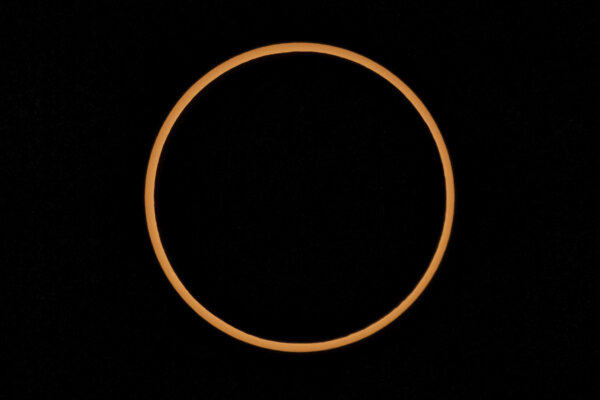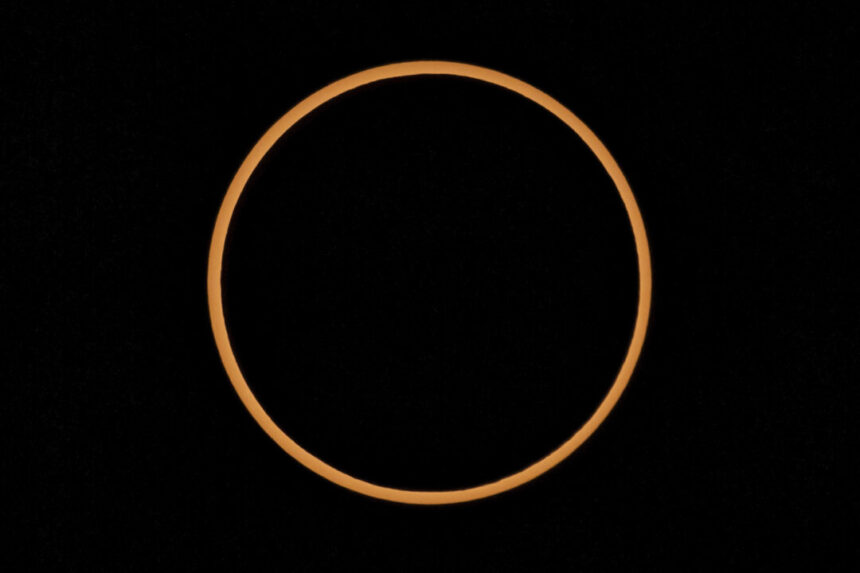
A rare “ring of fire” eclipse of the sun is on its way, but only a select few will have the opportunity to witness it firsthand. The annular solar eclipse is set to take place on Wednesday and will be visible over Easter Island, as well as the southernmost regions of Argentina and Chile.
For those interested in safely viewing this celestial event, here are the key details you need to know:
What Is an Annular Solar Eclipse?
An annular solar eclipse occurs when the moon passes between the sun and the Earth, creating a striking visual effect where the moon appears to create a ring of light around the edges of the sun. This unique phenomenon happens because the moon is at a point in its orbit where it is farther away from Earth, making it appear slightly smaller than the sun.
While the eclipse will mainly be visible over the Pacific Ocean, Easter Island, Argentina, and Chile will be in the direct path. Other regions, such as Brazil, Paraguay, Uruguay, and Hawaii, will experience a partial solar eclipse.
It’s important to note that looking directly at the sun during an eclipse can cause serious eye damage. To safely observe the annular eclipse, be sure to wear certified solar eclipse glasses that meet ISO 12312-2 standards. Alternatively, you can create a pinhole projector or use household items to project the eclipse’s image onto a surface.
What’s Next?
Looking ahead, there will be two partial solar eclipses in the coming year, scheduled for March and September. The next total solar eclipse is not expected until 2026, when it will pass over Greenland, Iceland, and Spain.
As we eagerly await these upcoming celestial events, let’s remember to observe them safely and cherish the beauty of our universe.
By Adithi Rmakrishnan





